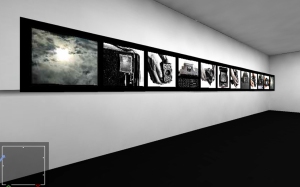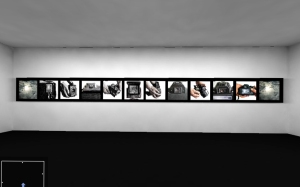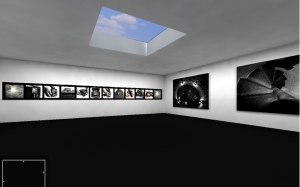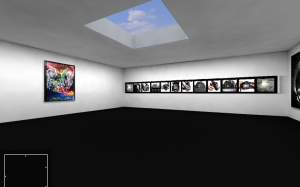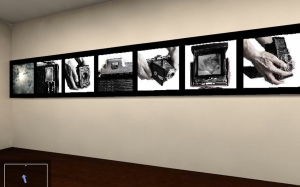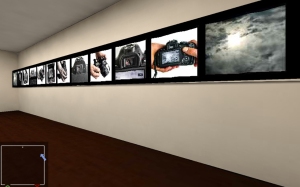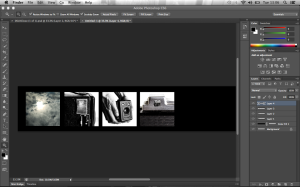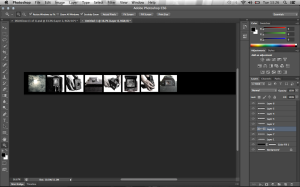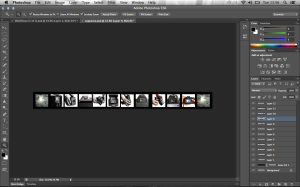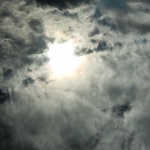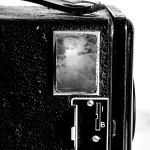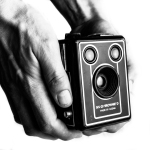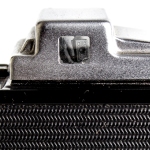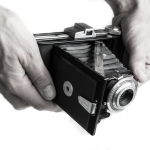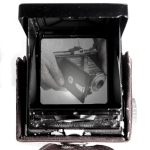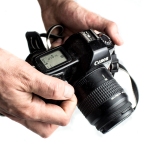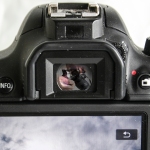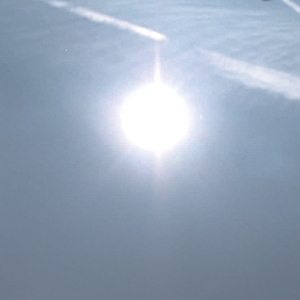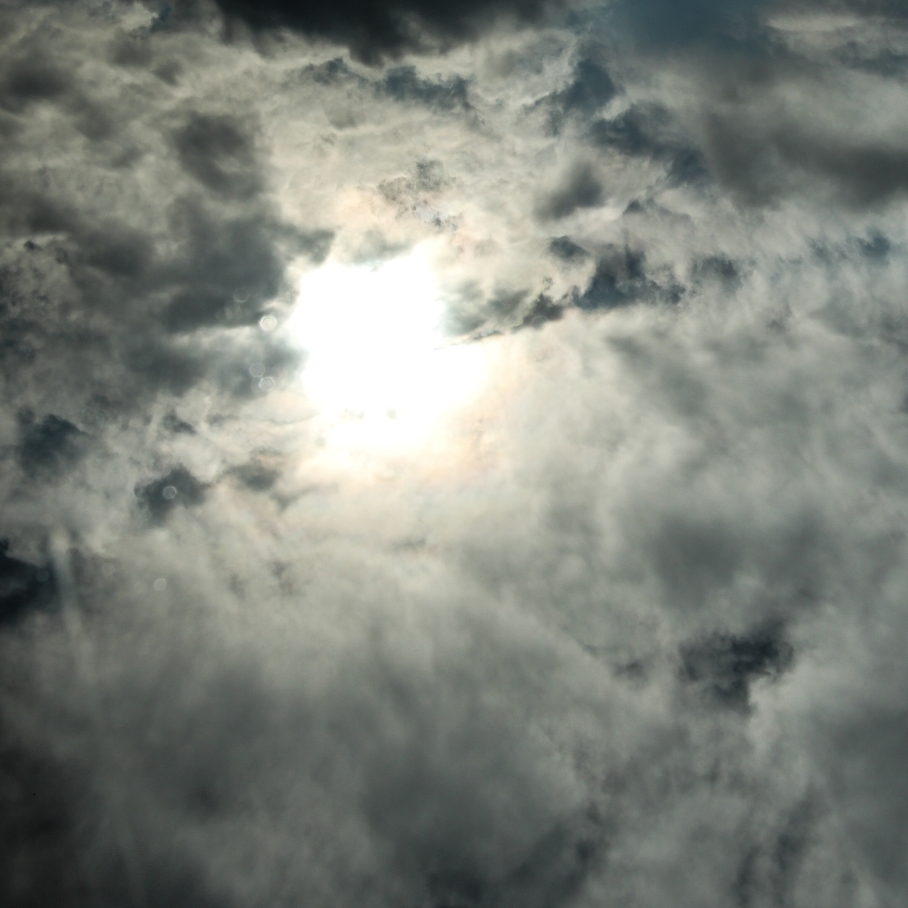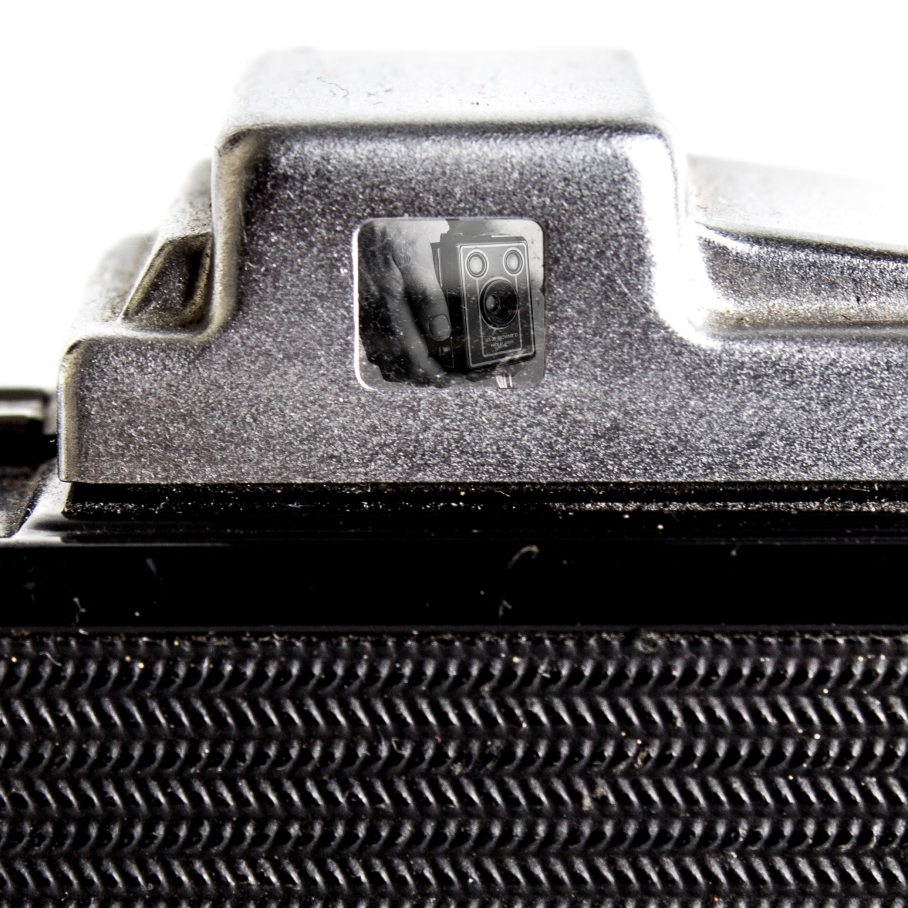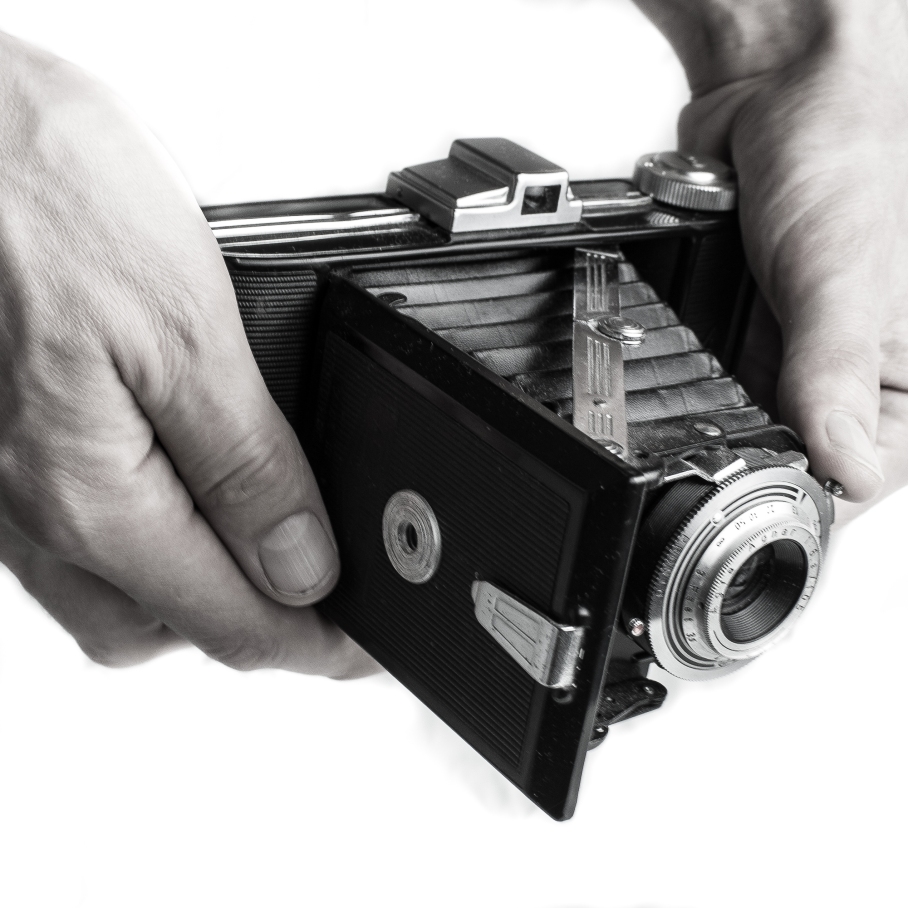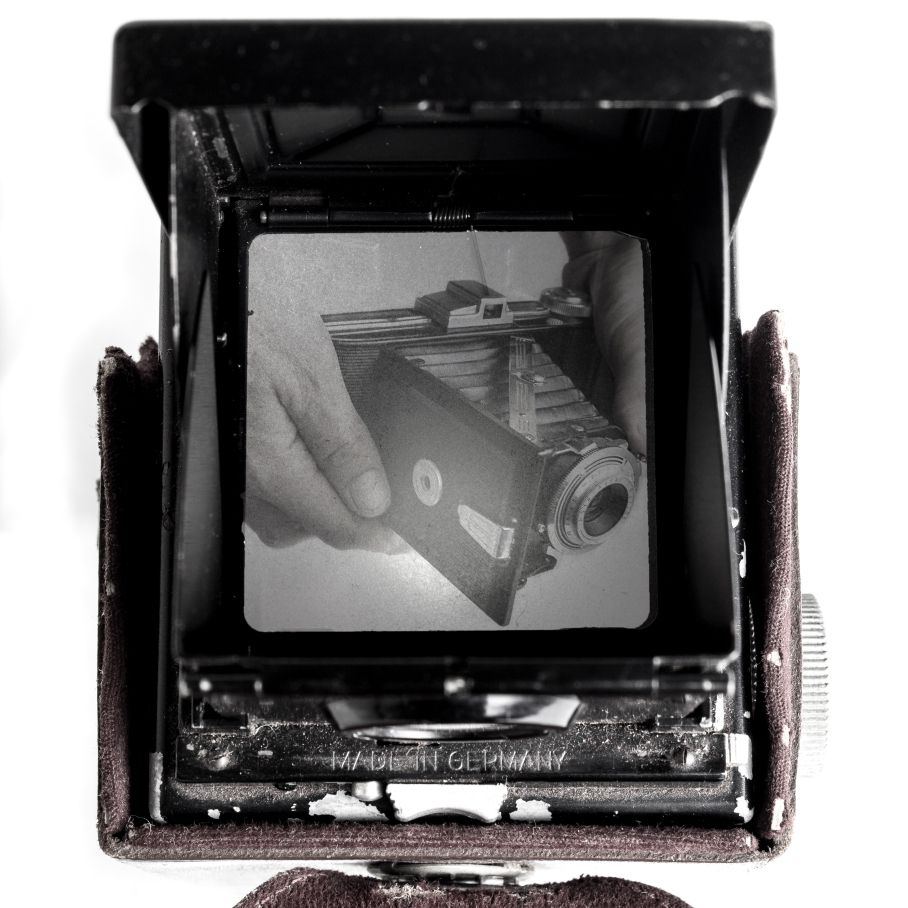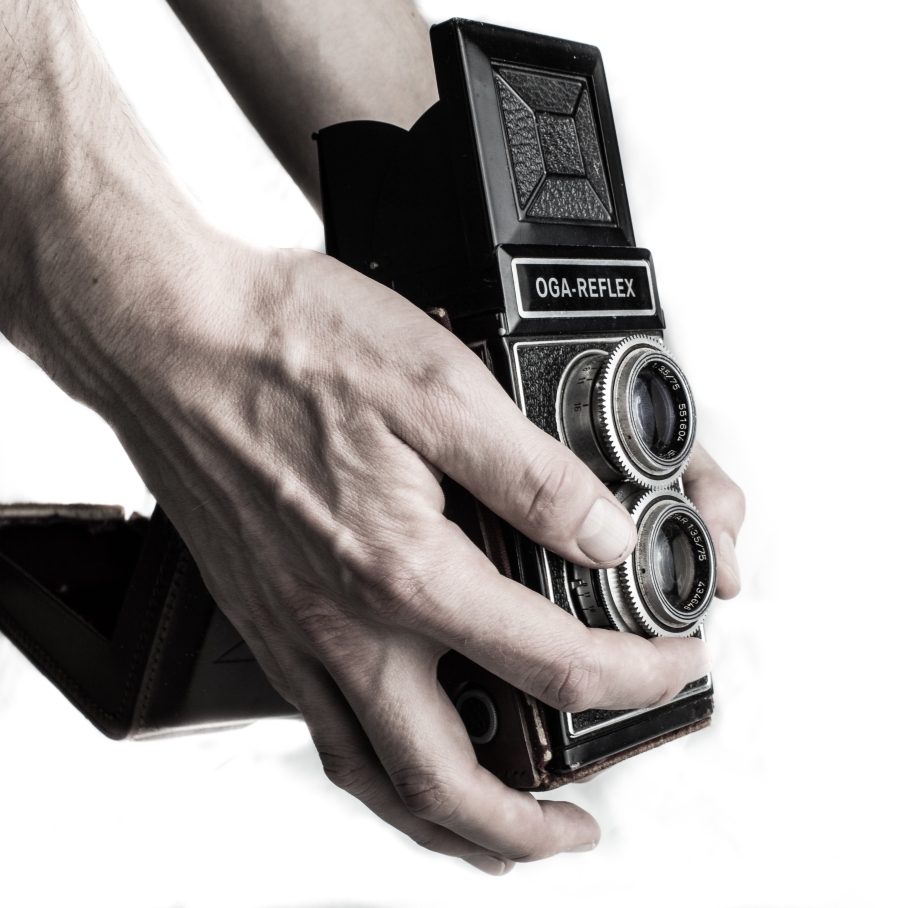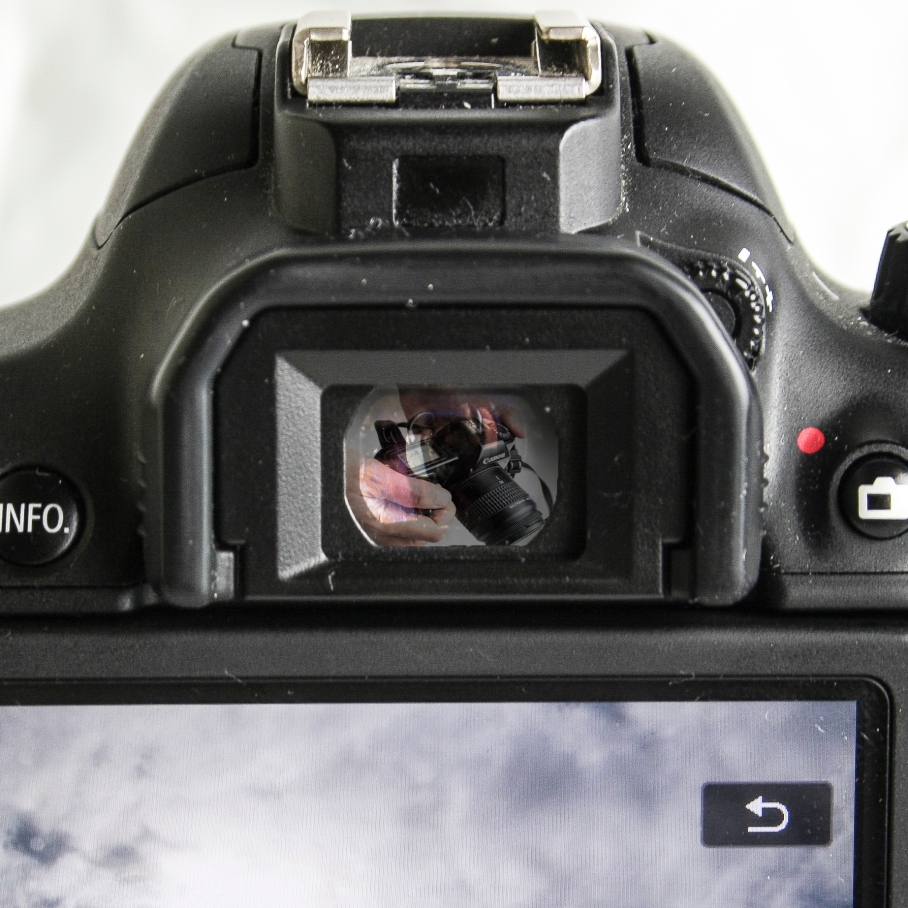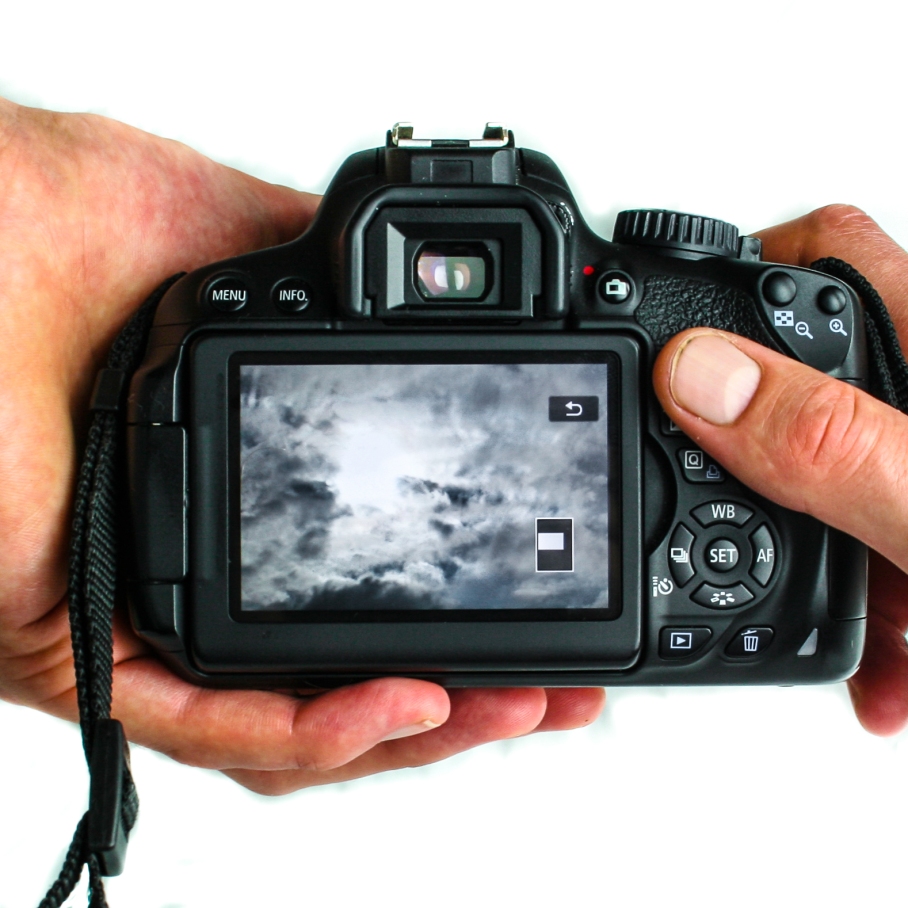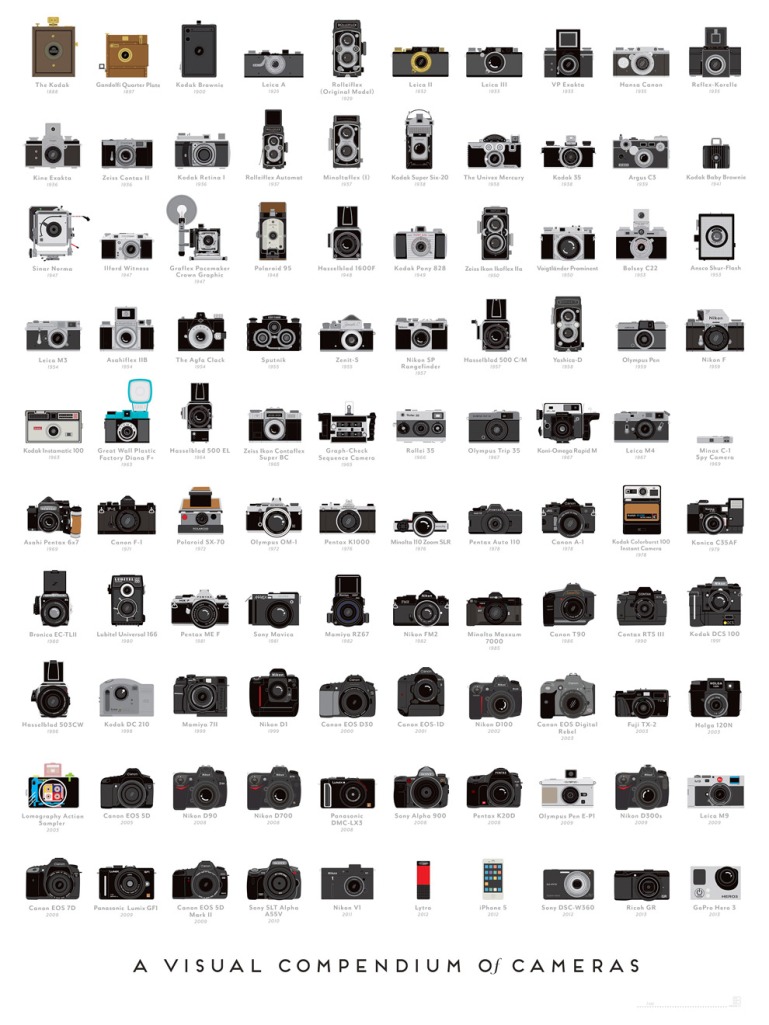I’m creating a narrative which explores the technology of capturing light: Why? because light has always been the same in terms of what we see and experience however our technology to capture it has become more and more advanced. I could use one light source and travel through the lenses of period cameras to end back at the light source. This way I can follow light, through a object which captures light, through the devices stages to end back at the light source.
I NEED A LIGHT SOURCE!
My narrative has to start with a main light source, this light source is going to travel through the multiple lenses of my cameras and carry the viewer through the circular narrative ending up back at the light source for the last frame. I had a few ideas at first but I have to think of which source to use and why, so my first idea came to me in terms of how we have used light to help us through the ages, I think this was linked to the way light has helped us create cameras but this link is very loose. I was thinking about using a candle as my main light source, a candle or older equivalents have been used by us for thousands of years, a perfect natural light source like fire holds a strong position in terms of never becoming obsolete, driving entire civilisations to evolve; this form of natural light does now have to change, does not have to evolve or become outsource; fire and the light it brings is the most natural source of light. So the idea of using as candle was really appealing at first, I felt I was on the right track but I could go further than that.
After a tutorial and a chat with fellow students it became very obvious that I was missing a light source that was of the up most importance, a light source which has made our world, grows our food, controls our environments and is the main reason there is life on this planet in the first place. THE SUN.
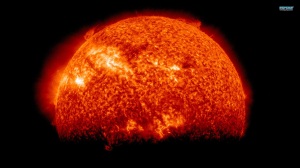
Definitely the right light source to start with, the Sun is also the main light used within photography, the element which most likely started the practice in the first place. So how do I want to capture the sun and in what context? I think the best way for me to capture the sun is to souly concentrate on the sun itself, to use the sun as the main focus is obvious but I don’t want any other material within the image apart from the surrounding clouds. I want to the first and last frame to have a undoubted focus on the light of the sun, I want the light to be a main element from the start to the finish. We will be following this strong, natural light source through our technology of capturing it on film and then digitally.
CAMERAS

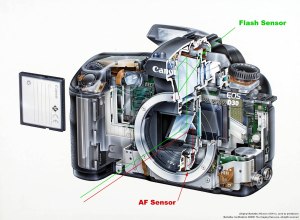
One clever piece of technology which I am very fond of is the Pentaprism within the top of the camera, this 5 sided prism is used to deviate a beam of light by 90 degrees. This allows us to view the image the right way around rather than upside down and back to front.

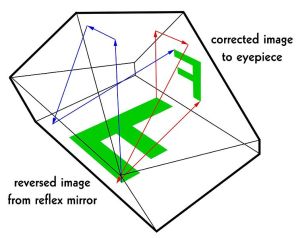
BROWNIE
I want to look at cameras and how we have got to the stage we are at so far, I want to look at the mechanics of a camera and how they have developed over time to capture light more effectively. Also go into detail about the specific cameras and how they changed the way we see and capture light. For example the Brownie camera was one of the first accessible cameras to the public, opening up this entire world of photographic practice to the world.
I think this is the best way for me to go, concentrate on the more commercial and accessible cameras that were available to the public, the reason for this is for one to build a relationship with the viewer, not many people got to experiment with cameras when they first arrived so this would then make my sequence involve plate cameras and equipment which just isn’t around for me to capture, equipment which people didn’t have access to in the first place. So starting with a brownie camera seems right, one of the first cameras which gave anyone the opportunity to capture light.

The brownie camera had done something very special, or should I say the “Kodak” who brought these cameras into the world; these cameras started the birth of domestic film and made capturing light a household availability. They had simple designs and not much technology now we look back but at the time this was revolutionary and changed the world of photography forever. These cameras gave birth to the family photo album, the never ending family portraits and holiday snaps; these brownie cameras gave the average person the opportunity to capture light and it quickly became a much sort after commodity. Brownie cameras came onto the market in 1900 and instantly became a icon in the world of photography and continued to be bought new up until the 1960s, the cameras are still in use by people today.
“You press the button, we do the rest” promised George Eastman in 1888 with this advertising slogan for his Kodak camera.
So this feels right for me to start my journey through the lens of a Brownie camera.
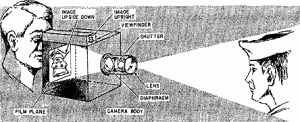
The images captured by Brownie cameras were not amazingly detailed but they definitely have a very pleasing aesthetic to them, the images captured in a Brownie camera was always black and white obviously up until the invention of colour film. I should think about this in presenting my images, would I shoot this camera in black and white to keep with it’s history? I’m not to sure.
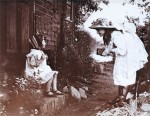
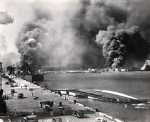
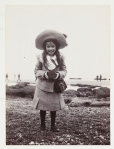
35mm Bellow/ Folding Camera
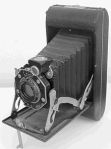
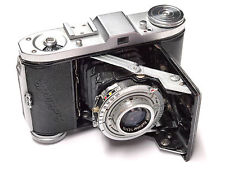
The next camera which I want to use is the classical folding/bellow camera, this was the next step in the innovation of cameras and started to guide the formats and shape in which most film cameras in the future will follow, apart from the folding lens the system is to be kept and evolved over time. I really like the aesthetic of these cameras, they hold real character and history. Folding cameras dominated the construction of cameras from 1900 till 1940, however after the war these cameras started to decline due to the introduction of the more traditional 35mm film camera.
So Folding Cameras were a step forward from Brownie cameras, a new point in the technology of capturing light and revealing a future within the practice of photography. These Folding Cameras can dramatically change in size according to what format is being used however the camera I’m going to concentrate on is a another easily accessible camera which the public could buy and use.
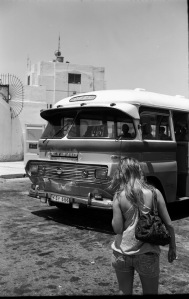
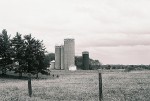
TWIN LENS REFLEX CAMERA
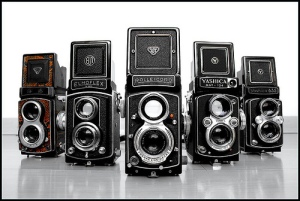
A Twin Lens Reflex camera has to be one of my favourite cameras, I think they are a beautifully constructed piece of technology and make the art of photography much more personal due to their fixed lens, you can get really close to subjects with these cameras and they can hold amazing amount of detail. Although these cameras were in practice from the early 1900s their technology was much different than the brownie and folding cameras, the twin lens feature allows the photographer to see through one lens and capture through another. There is a matt view finder at the top of the camera which is a brilliant and pleasing feature. But the reason for me to use this camera after the Folding Camera is because of the time in which I feel the camera was used at its best, it was developed like every camera over time but had its own results. Used a lot in the 1950/60s with some of my favourite photographers.
Vivian Maier
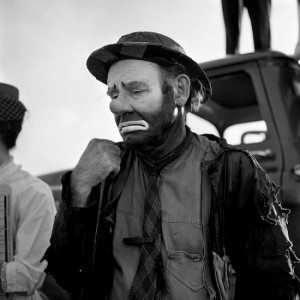
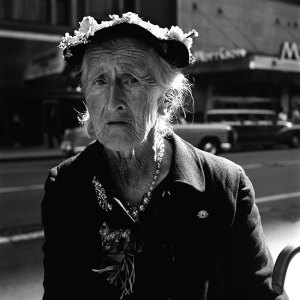
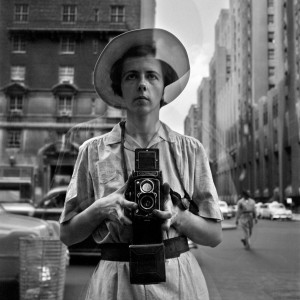
The viewfinder on top of the camera will be a great frame to hold my previous image and will add more dynamics to my sequence.
35mm Film Camera

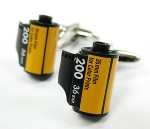
The more modern and friendly camera which became a giant within the domestication of cameras is the 35mm film camera, a classic. I love using these cameras, I started using film when I first picked up a camera and have to admit I miss using it all the time, however film is expensive these days and us students have to eat! So this will be my next transition between cameras, 35mm are still widely used and have really made photography more accessible.
DIGITAL SLR (single lens reflex) CAMERA
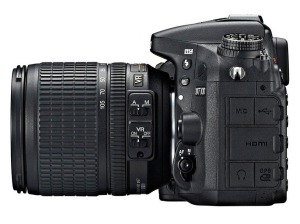
The modern day camera, most people now days have a digital camera, the digital world has dominated the use of film with its easy to process, view and edit tendencies. I do love digital photography but I do feel that there is more value in film, shots contain more patience and effort to achieve and the longer editing processes make me feel closer to the images which I am producing, this is my only problem with using a digital format. I will be using a digital camera as the final camera in my sequences, we have not passed the technology yet and this is our current format.

